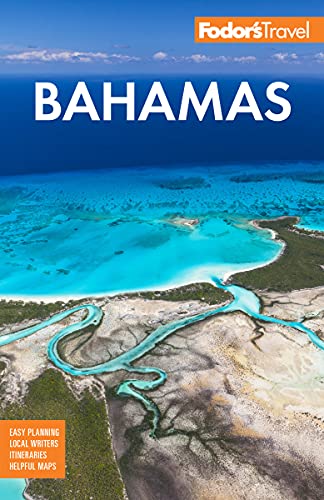Abaco National Park
The Abaco National Park was established in 1994 as a sanctuary for the endangered Abaco parrot, of which there are fewer than 3,000. Many other birds call the park home, including the Bahama yellowthroat and pine warbler.
A 15-mile dirt track passes through the 20,500 protected acres, ending at the Hole-in-the-Wall lighthouse, a starkly beautiful and desolate location overlooking the ocean. The drive from the paved highway all the way to the lighthouse takes about 1½ hours, and can only be done in a 4x4 vehicle. The lighthouse is not technically open to visitors, but people still do climb the rickety stairs to the top where views of the island and the sea are mesmerizing. South end of Great Abaco Island, before you make the final turn on the main road leading to Sandy Point 242/367–3067.
Best Time To Go
Berries ripen in fall and spring, and the parrots become active. The best time to spot the birds is early morning, when they move out of the forest to feed. Temperatures then are also ideal, in the 70s and 80s. The annual bird counts in North and South Abaco held at the beginning of each year are a good opportunity to work with other bird-watchers to gather information on the parrots, which is sent to the Audubon Society.
Best Ways to Explore
By Car on Your Own. Take the 15-mile, 1½-hour drive along a dirt trail out to the lighthouse. This is the only part of the park you can drive. This lighthouse has spectacular views of the coast. Take a packed lunch and have a picnic on a ledge overlooking the ocean.
By Guided Tour. For the best experience, arrange a guided tour with the tourist office. A knowledgeable guide will walk or drive you through the park, pointing out plant and animal species. If you're an early riser, join a bird-watching tour to find the endangered Abaco parrot, as well as other avian beauties that reside here. Walking the park alone is not recommended, as poisonous wood saplings are a problem if you don't know how to identify them.
Note: Friends of the Environment (242/367–2721) is a local education organization that offers more information on the park and the parrots.
Fun Fact
The park's pine forest is prone to summer lightning fires, but the Abaco pine is extremely resistant and actually depends on the fires to remove dense underbrush that would otherwise smother it. The Abaco parrots nest in holes in the limestone floor to escape the flames. Unfortunately, this makes them vulnerable to feral cats and raccoons that threaten their population.
Fowl Cay National Reserve
This quarter-mile reef located on the ocean side of Fowl Cay is a great snorkeling and dive spot. It's well known among divers for its tunnels and wide variety of fish. On the opposite side of Fowl Cay is a small sand spit, which makes a great spot to reconvene for a sun-soaked picnic.
Pelican Cays Land and Sea Park
This 2,000-acre land and marine park is protected and maintained by the Bahamas National Trust. The park's preserved reef is only 25 feet underwater, making it an easy snorkel excursion. It's also a great dive site, as the variety of life here is astounding. Nearby is an incredibly soft beach, great for a post-swim picnic.




